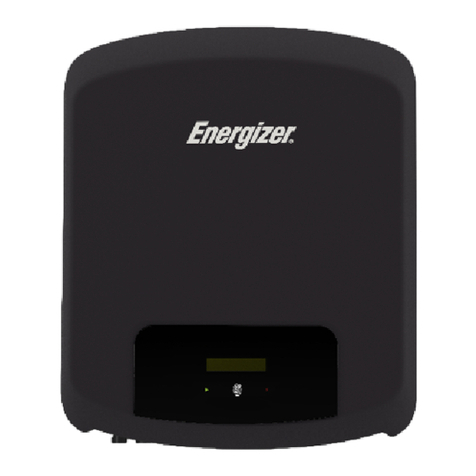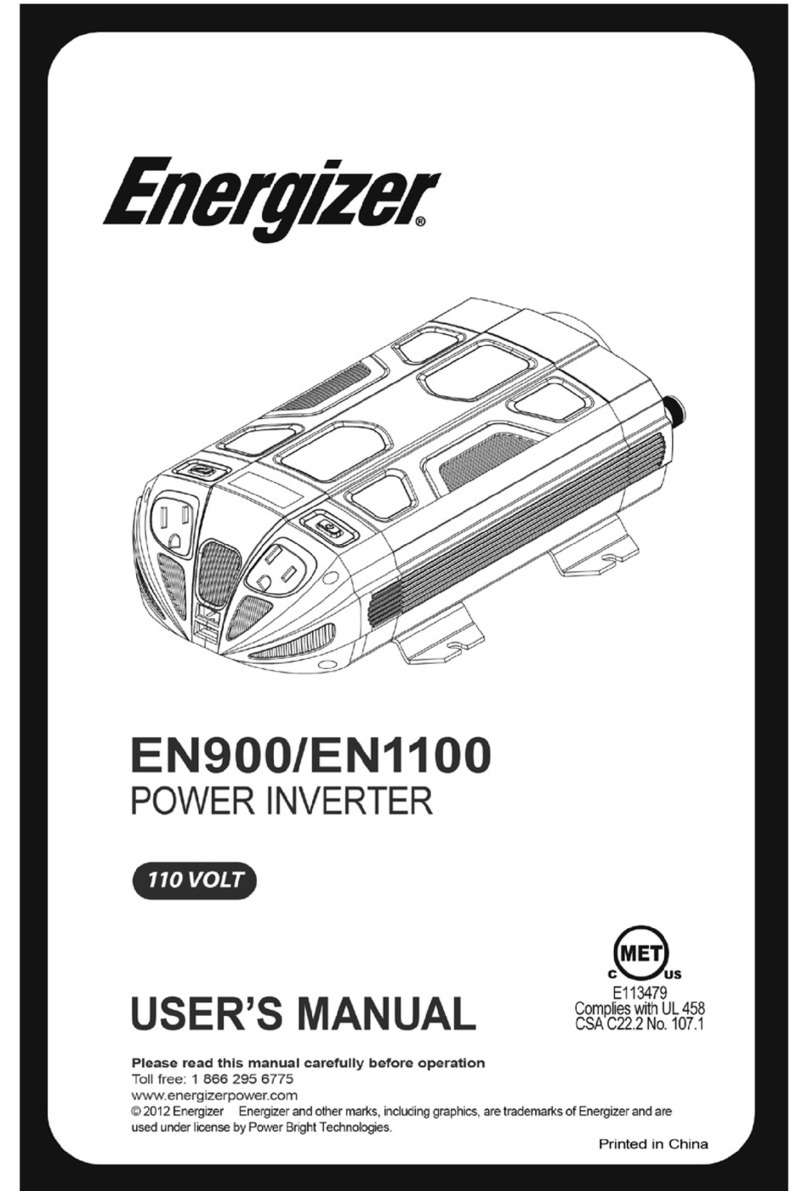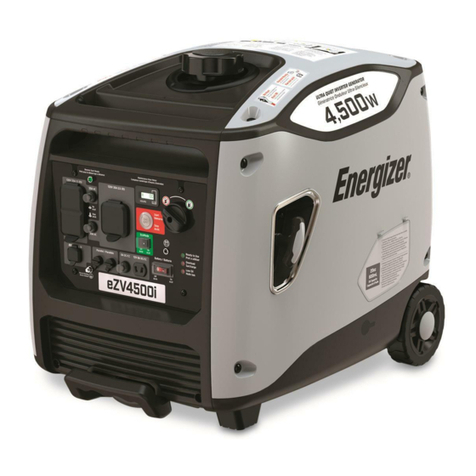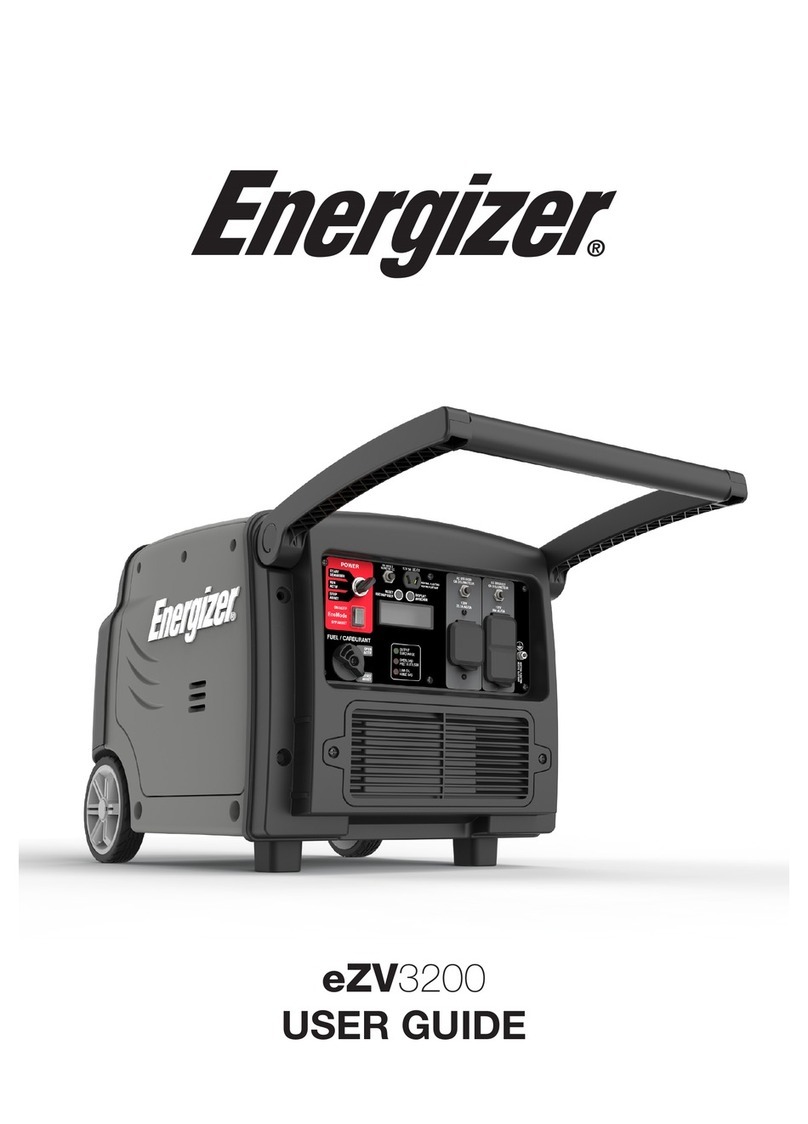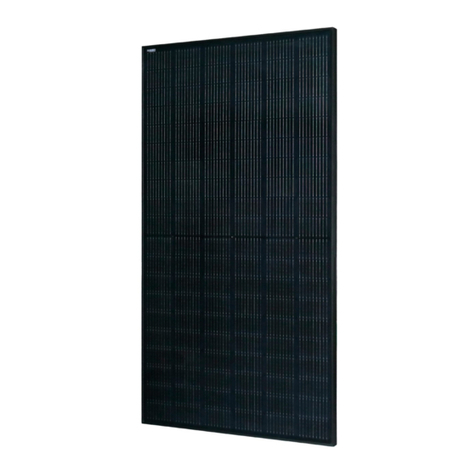
Table of Contents
1. Important Notes ..........................................................................................................................................................1
1.1 Scope.................................................................................................................................................................... 1
1.2 Target Group...................................................................................................................................................... 1
1.3 Symbols Used ................................................................................................................................................... 1
1.4 Symbols Explanation ......................................................................................................................................1
2. Safety.............................................................................................................................................................................. 2
2.1 Appropriate Usage.......................................................................................................................................... 2
2.2 PE Connection and Leakage Current..................................................................................................... 3
2.3 Surge Protection Devices (SPDs) for PV Installation .......................................................................3
3. About Product ..............................................................................................................................................................4
3.1 About Inverter .................................................................................................................................................... 4
3.2 Basic Features .................................................................................................................................................. 4
3.3 Terminals Introduction ....................................................................................................................................5
3.4 Dimensions ......................................................................................................................................................... 5
4. Technical Data .............................................................................................................................................................6
4.1 DC Input ...............................................................................................................................................................6
4.2 AC Output ............................................................................................................................................................6
4.3 Efficiency, Safety and Protection...............................................................................................................7
4.4 General Data ......................................................................................................................................................7
5. Installation .....................................................................................................................................................................8
5.1 Packing List ........................................................................................................................................................ 8
5.2 Preparation ......................................................................................................................................................... 8
5.3 Installation Space Required........................................................................................................................ 9
5.4 Tools Required .................................................................................................................................................. 9
5.5 Installation Steps ..............................................................................................................................................9
5.6 Wiring Steps .................................................................................................................................................... 10
5.7 Earth Connection...........................................................................................................................................13
5.8 Communication Device Installation ....................................................................................................... 13
5.9 Inverter Start-Up............................................................................................................................................ 18
5.10 Inverter Switch Off.........................................................................................................................................20
6. Operation .................................................................................................................................................................... 21
6.1 Control Panel ...................................................................................................................................................21
6.2 Function Tree................................................................................................................................................ 21
7. Maintenance .............................................................................................................................................................. 22
7.1 Alarm List .......................................................................................................................................................... 22
7.2 Troubleshooting ..............................................................................................................................................24
7.3 Routine Maintenance...................................................................................................................................24
8. Decommissioning ....................................................................................................................................................25
8.1 Dismantling the Inverter ..............................................................................................................................25
8.2 Packaging......................................................................................................................................................... 25
8.3 Storage and Transportation ...................................................................................................................... 25


